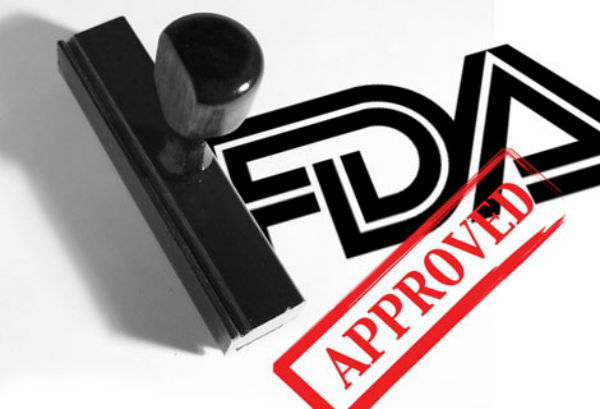There has been a lot of discussion since the FDA announced approving a new medical device just approved to assist in the diagnosis of ADHD in children and adolescents. “The device, the Neuropsychiatric EEG-Based Assessment Aid (NEBA) System, is based on electroencephalogram technology, which records different kinds of electrical impulses given off by neurons in the brain and the number of times the impulses are given off each second. The NEBA System is a 15- to 20-minute noninvasive test that calculates the ratio of two standard brain-wave frequencies, known as theta and beta waves; the ratio has been shown to be higher in children and adolescents with ADHD than in those without it, according to FDA” (http://alert.psychiatricnews.org/2013/07/ fda-approves-device-to-help-diagnose.html). However, the use of this technology to assist in the diagnosis of ADHD is not new.
David Rabiner, Ph.D. (Senior Research Scientist, Duke University) published a report (Attention Research Update April 2001) titled “New Support for the Use of qEEG scanning in Diagnosing ADHD” (http://www.helpforadd.com/2001/april.htm). This report acknowledged utilizing the measure of the ratio of theta to beta waves in the prefrontal cortex as a marker for ADHD (ages 6-20). Therefore the technology is not new, and although the NEBA System is helping to bring scientific evidence into the realm of psychiatric diagnosis, there is more to it then has been discussed thus far.
The diagnosis of ADHD is made when there are the minimum of symptoms identified through testing, observation and self-report. The problem is that many issues can cause the symptoms. Based on the findings of a large study of 362 clinical cases (data being analyzed currently) suggests the EEG/qEEG analysis delineates 4 different types of ADHD:
- Underaroused: Slow peak frequency alpha and the brain needs NE to speed it up to normal level.
- Distractible: Excessive frontal midline theta with a high theta/beta ratio and the brain’s dopamine are reaching depletion and needs meds that will increase dopamine such as the methylphenidate type medications.
- Day dreaming: Excessive anterior hypercoherent alpha and these brains need serotonin to suppress the anterior alpha and help them to focus.
- Overaroused anxiety based: Excessive fast alpha frequency is an anxiety based ADHD these brains are in need of something to block the NE such as Intuniv and Clonidine.
This study identifies the four findings that exhibit symptoms of ADHD but are often independent of ADHD but are commonly comorbid with ADHD: Focal slowing, Transient Discharges, Encephalopathy and Beta Spindles.
Focal slowing is what occurs in head injury/concussions, stroke and genetic abnormalities to mention a few. These do not respond well to any medications because by the time you speed up the area that is focally slowed, the rest of the brain becomes pathologically fast and the side effects are intolerable. This is why the FDA has yet to approve any medication for the treatment of mTBI.
Transient discharges have been identified in 25% of the ADHD children and depending upon the severity and location can account for many of the ADHD and learning disability issues. Consideration of an anticonvulsant in these cases is recommended prior to considering a short acting methylphenidate for the ADHD.
Encephalopathy cases we have commonly identified in children had metabolic (thyroid), electrolytic, anoxic (obstructive sleep apnea) etiology and there EEGs have abnormally slow alpha frequencies (underaroused) and at times mixed with abnormally fast beta activity. These cases should be treated medically prior to any psychotropic intervention.
Spindling Excessive Beta or Beta Spindles are synchronous activity in the beta range centered around a specific frequency. Classically according to the neurological literature higher voltage beta is defined as exceeding 20 uV in amplitude.
- Excessive beta commonly medication effect (e.g. sedatives) -> rule out.
- Considered non-specific sign of dysfunction or encephalopathy.
- Related to pre-epileptic aura’s; cortical irritability, viral or toxic encephalopathies and epilepsy.
According to Johnstone et al. this pattern is seen in 10% of ADD/ADHD, affective disorders, bipolar disorder. However, in our experience we see this pattern in around 20% of our clients, especially clients with ADHD related problems (http:// www.brainquiry.com/BetaSpindles.html).
SUMMARY
What we have learned in the past five years is that qEEG technology is a valuable tool for an experienced psychiatrist, who knows how to use qEEG to first avoid using medications that are likely to make their patients worse; and second, to give insight into which medications may be worth an empirical trial. The search for the answer why medications fail is the impetus of our work. The qEEG, is only a tool to provide information and is never intended to replace an experienced psychiatrist’s wisdom and judgment. Psychiatrists familiar with the use of qEEG data have a distinct advantage.
Ron Swatzyna Phd, LCSW
Tarnow Center

